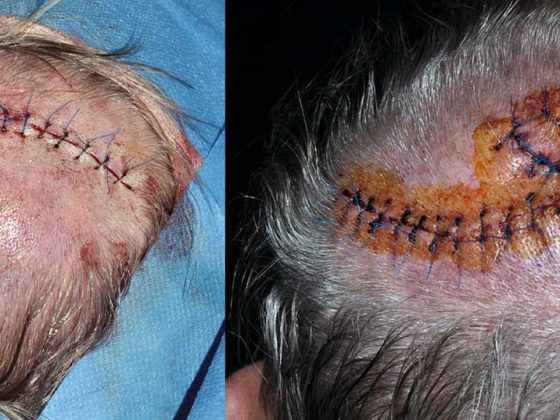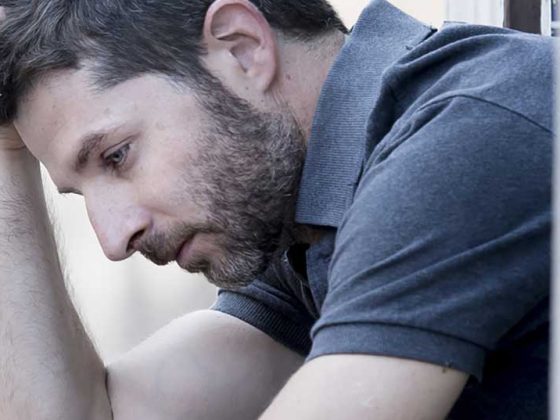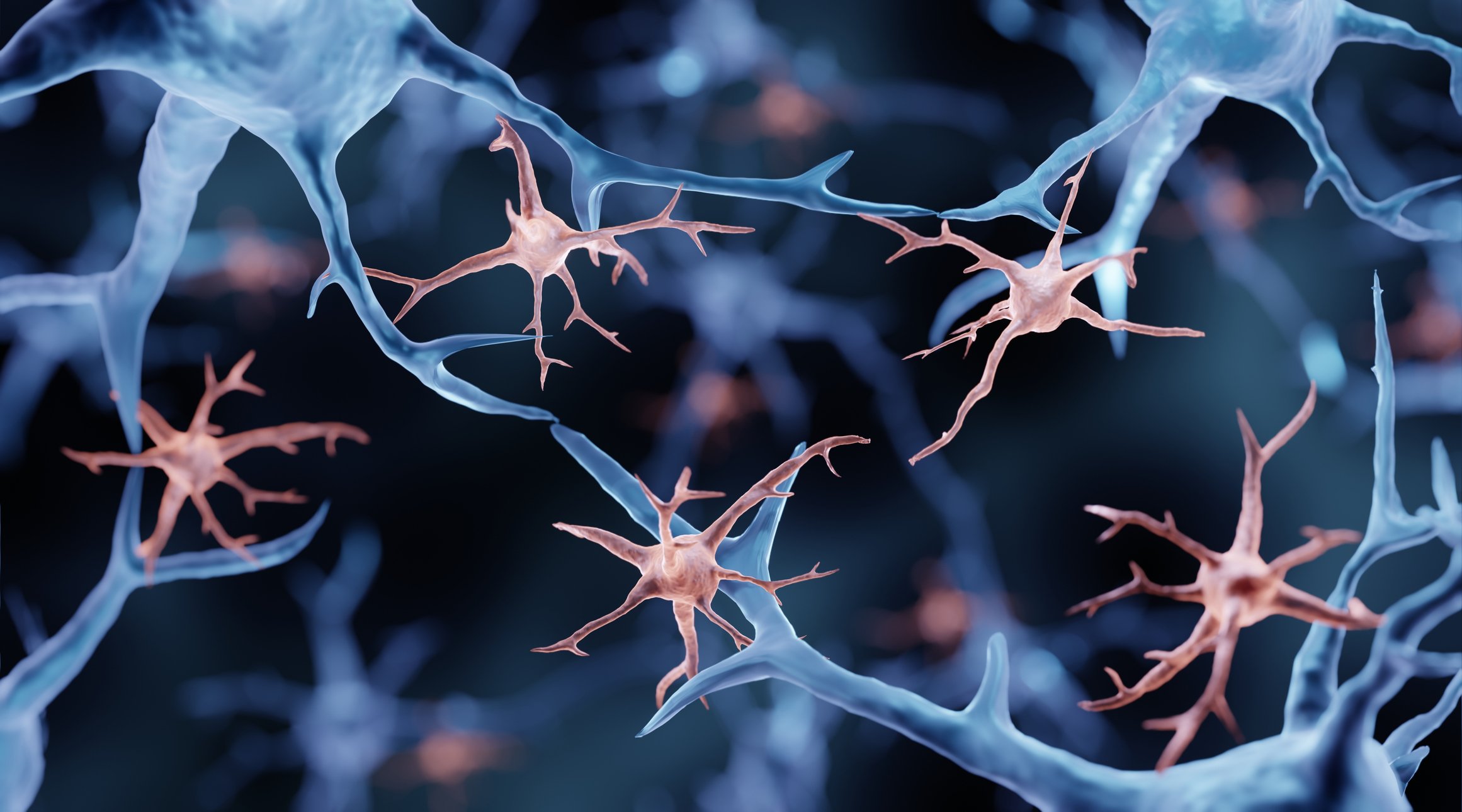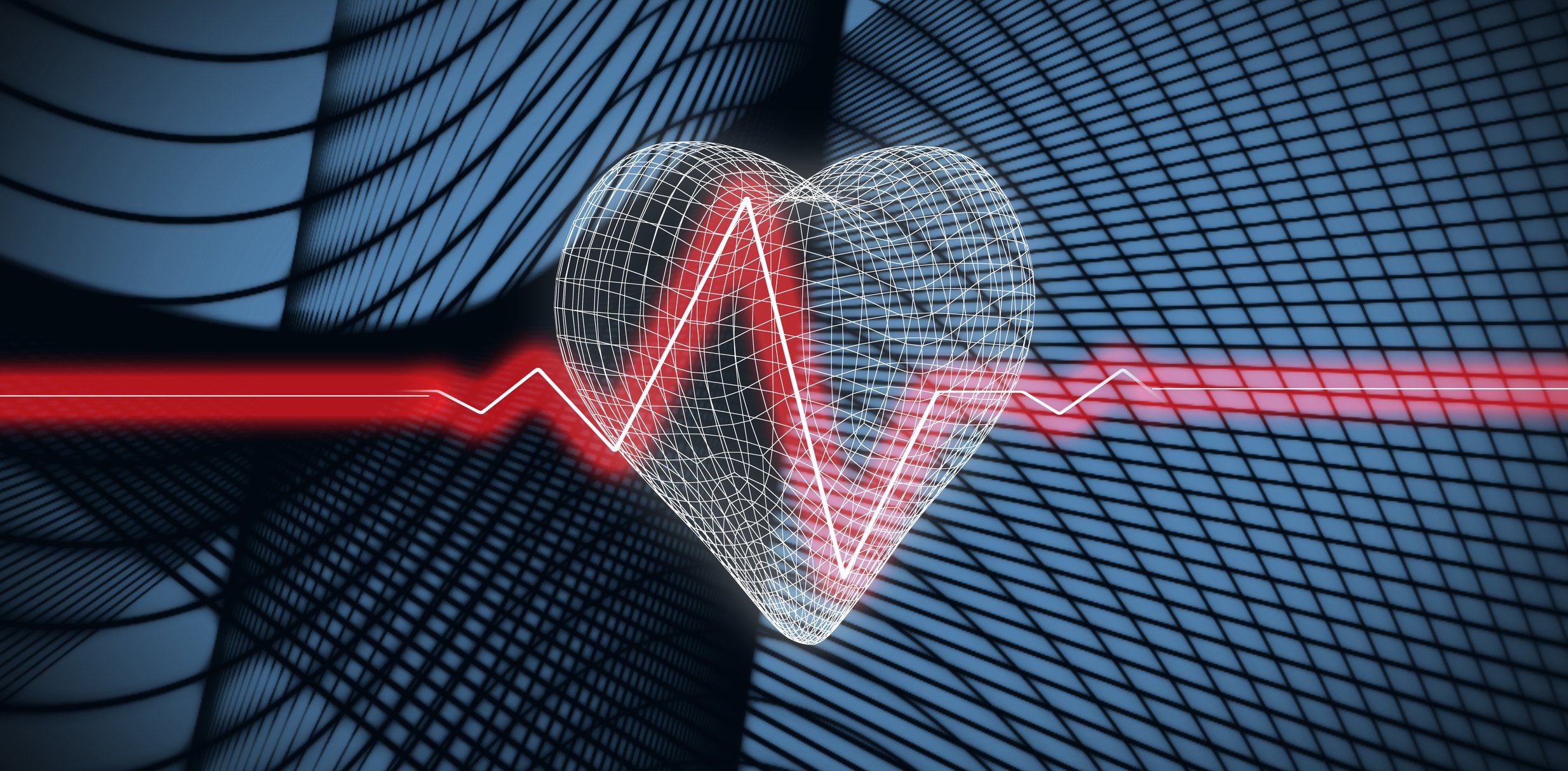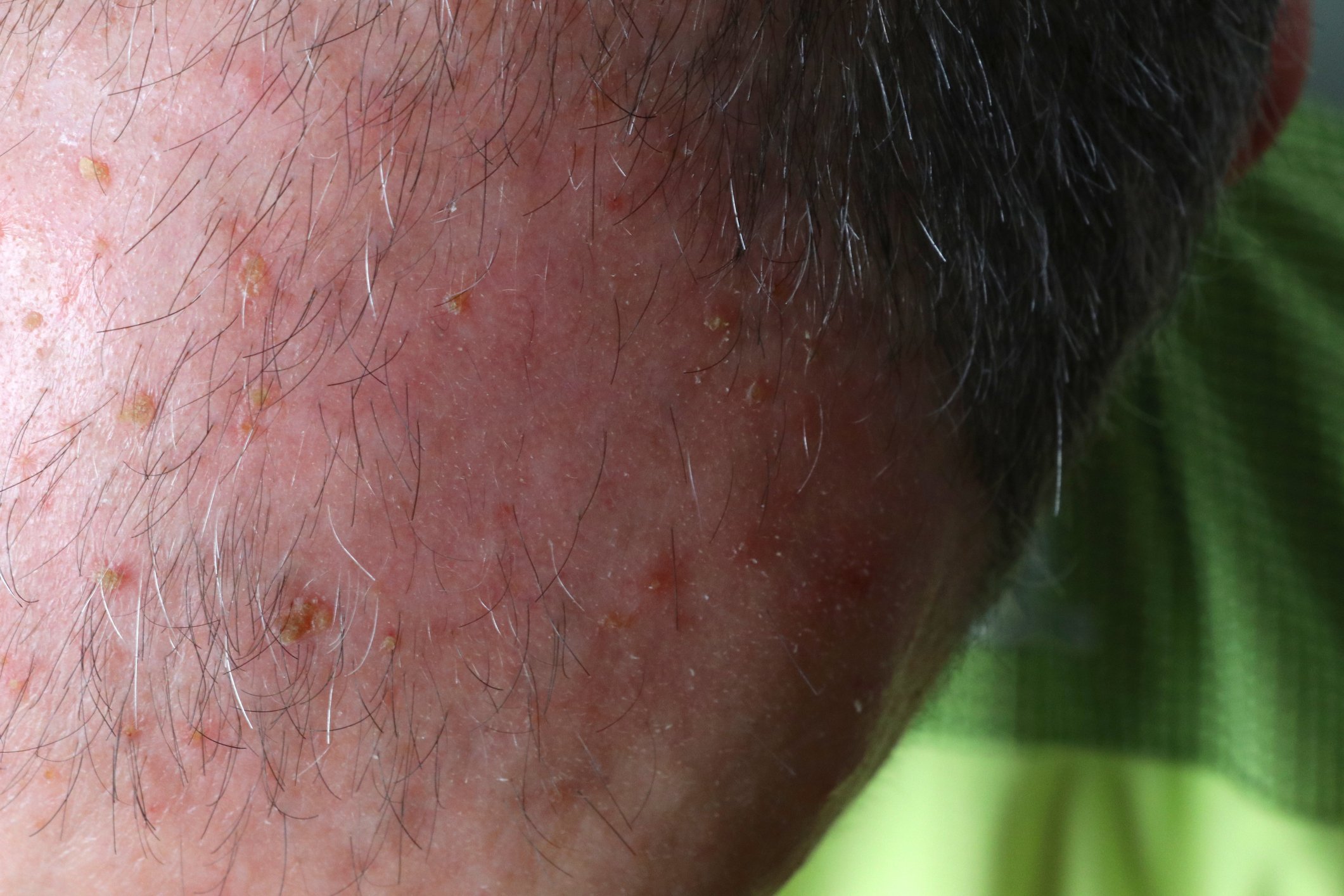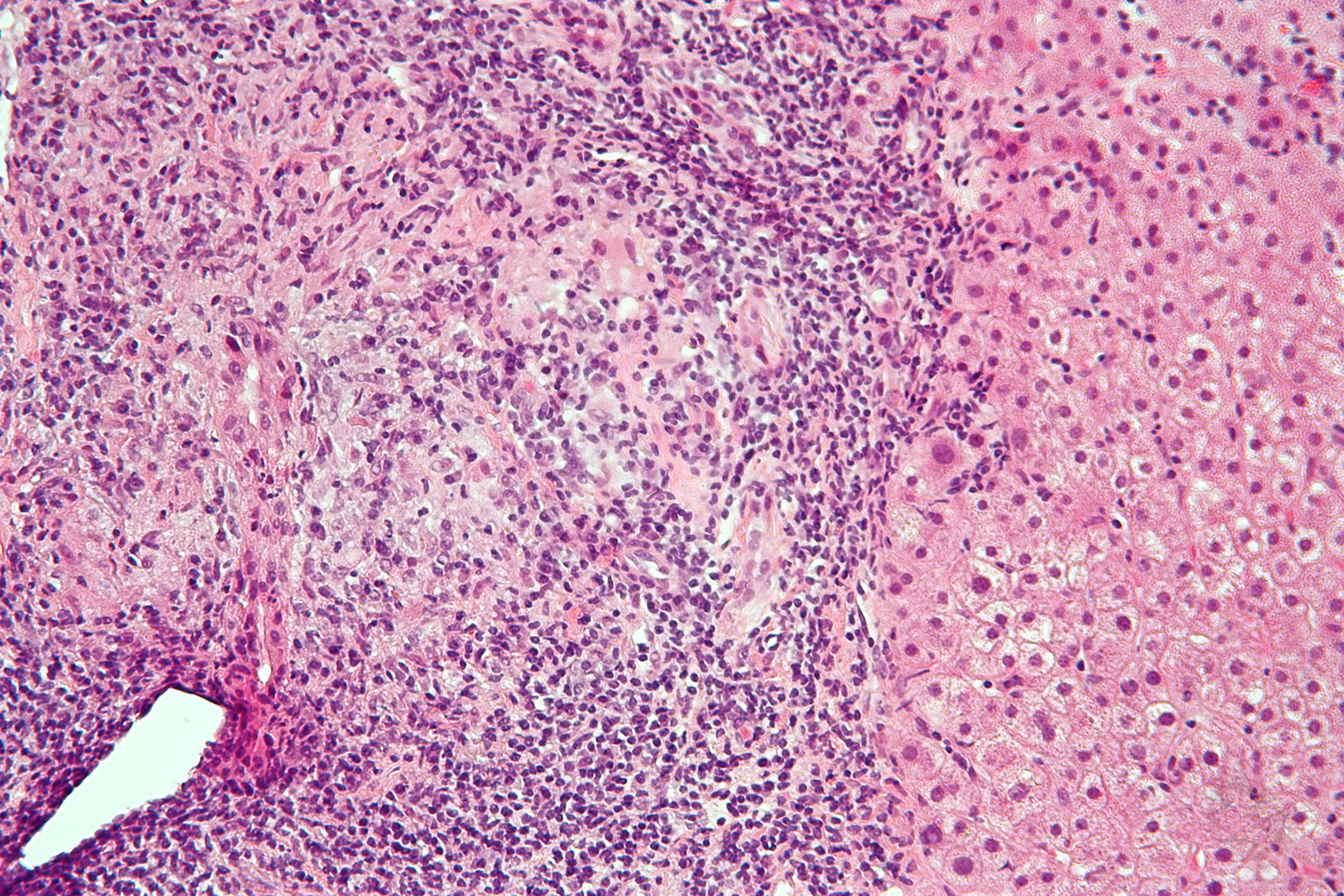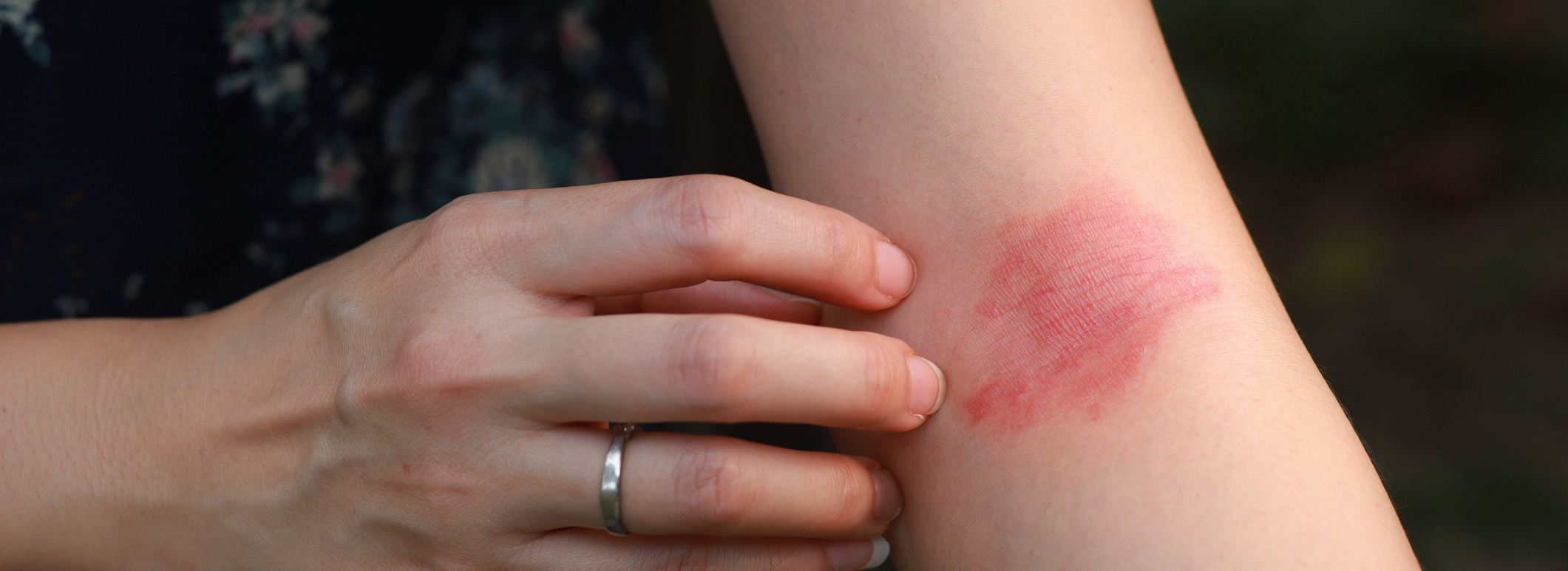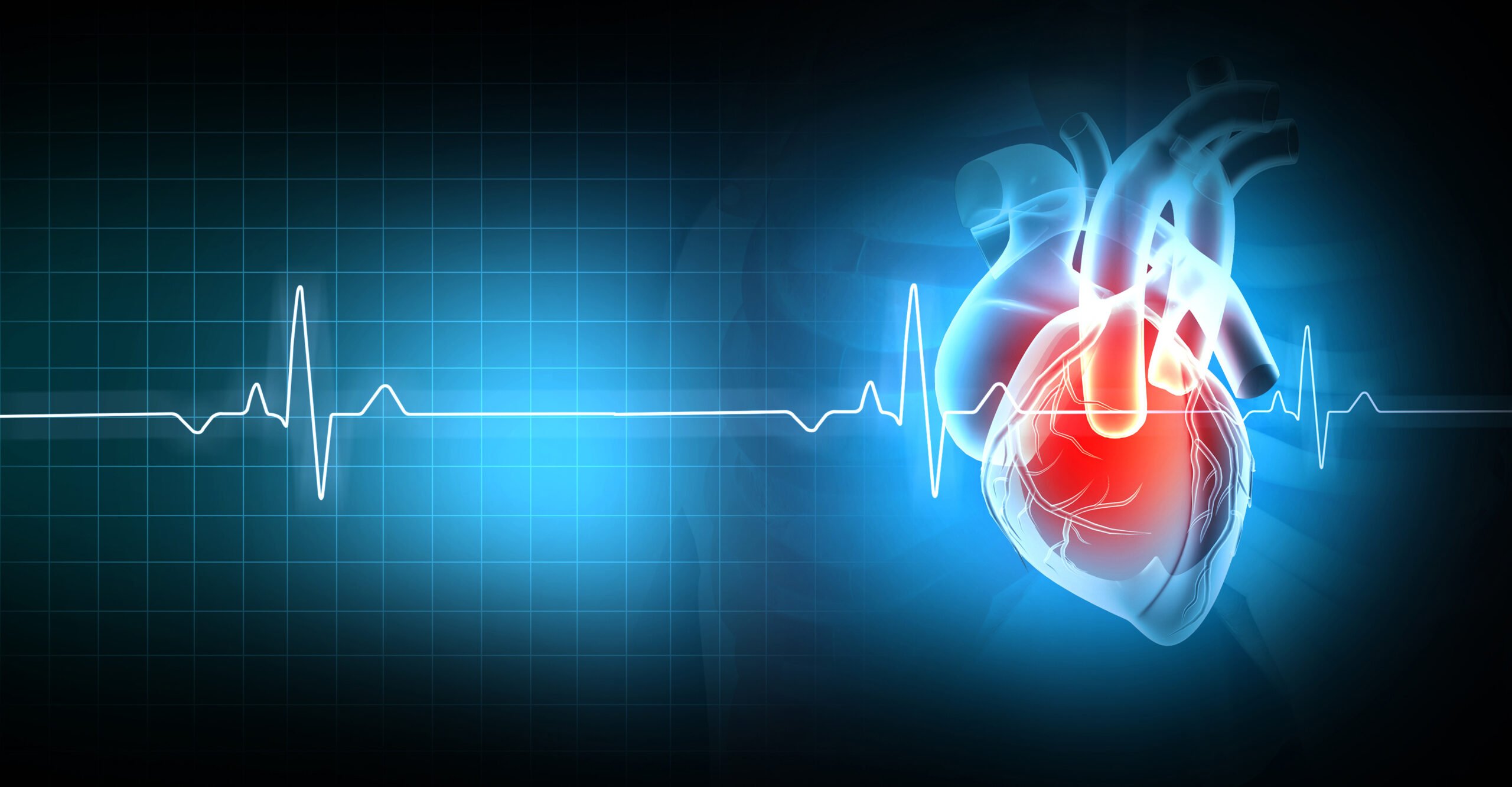Psychological traumatization can be described as a progressive disease [1] that involves three distinct phases: traumatic situation, traumatic response (up to approximately four weeks after the traumatic event), and traumatic process. The latter represents the victim’s failed attempt to cope, which can lead to various clinical pictures. The best-known trauma sequelae disorder is post-traumatic stress disorder. There are sequelae disorders that result from current trauma, chronic sequelae trauma disorders that result from earlier trauma, and delayed sequelae disorders that (re)emerge later in life and result from earlier trauma. Which procedure is indicated for which patient depends on the time interval to the traumatic event, the nature of the traumatic situation, the current social environment of the affected person, as well as possible previous mental illnesses that victims already have before and after the traumatization.
For patients with post-traumatic stress disorder (PTSD), the primary care physician is often the first point of contact. Therefore, it is of central importance that family physicians are not only familiar with the symptomatology, but also know important basic attitudes and guidelines in dealing with this group of patients and consider different treatment options.
Psychological traumatization as a progressive disease
Fischer and Riedesser [1] define trauma as “a vital discrepancy experience between threatening situational factors and individual coping possibilities, which is accompanied by feelings of helplessness and defenseless abandonment and thus causes a permanent shaking of self-understanding and understanding of the world.” The aforementioned authors describe psychological traumatization as a progressive disease that includes three distinct phases: traumatic situation, traumatic reaction (up to about four weeks after the event), and recovery or – if trauma processing fails – traumatic process.
Immediately following a catastrophic experience, most individuals exhibit symptoms of psychotraumatic stress syndrome, or the symptomatology of an acute stress reaction. In most affected individuals, symptoms resolve; in a minority of 10-30%, depending on the event, symptoms persist or worsen over time. Only the latter group is referred to as a traumatic process. The traumatic process represents the trauma victim’s attempt to cope, which can lead to various clinical pictures. The best-known trauma sequelae disorder is post-traumatic stress disorder. “This arises as a delayed or protracted response to a stressful event or situation of exceptional threat or catastrophic magnitude (short or long-lasting) that would cause deep despair in almost anyone” (ICD-10).
The intrusive symptomatology of PTSD – involuntary memory images of the traumatic event (usually in the form of flashbacks or repetitive nightmares and panic attacks) – corresponds to the victim’s experience of the traumatic situation, the “trauma state.” The avoidance wing of PTSD is the result of trying to keep the flooding affects at bay.
Long-term consequences of traumatic experiences
Factors influencing long-term consequences of traumatic experiences include objective factors such as the severity of the traumatic situation, its duration, and age at the time of the trauma. Fear of death and dissociative experience in the traumatic situation is considered a subjective factor that complicates the processing of traumatic events. If there is previous trauma and a victim does not receive any social support after the traumatic event, this makes the processing process more difficult.
From a psychodynamic point of view, a failed trauma processing leads to an “ego split”: One part of the personality knows about the traumatic event, the other part lives on as if nothing had happened. The advantage of this defensive measure is that part of the personality remains functional. The disadvantage is that there is no further psychological processing of the trauma, so that the traumatizing event remains permanently relevant. Even if activities, situations, or people that might remind people of the traumatic situation are avoided, the memories, even if they are not conscious, create access to actuality decades after the actual event via flashbacks, enactments, and feelings associated with the trauma. Triggers are increased stress, current traumas or so-called triggers (impressions of a visual, olfactory or auditory nature that remind of traumatic situations). Even stimuli with a low degree of similarity to the traumatic situation can trigger the full panic state again and put the victim in an attitude of expectation, as if the trauma could repeat itself at any time. The victims slide into the “trauma state”, the sense of time is lost, the horror has become actuality.
An example: Ms. S. experienced bullying at work. During an argument with her supervisor in the basement archive, he bumped into her and she lost her balance. When she felt the cold basement floor, she saw herself when she was about 5 years old surrounded by men in the basement, and felt the horror she experienced at that moment.
How is processing possible?
A processing of traumatic experiences becomes possible only when the traumatizing becomes describable in words and the feelings are no longer split off. That is why it is so important for traumatized people to find words for their experiences – or expressed from the perspective of memory psychology – that their traumatic experiences are represented in symbolic form.
Unprocessed traumatic experiences seem to be stored in implicit memory and cannot be transferred to explicit memory as narratives. No conscious memory is possible of contents of the implicit memory. Among other things, habits as well as reflexive and classically conditioned actions are stored here. A sense of time is not present in this memory. In explicit, autobiographical memory, on the other hand, conscious memory is possible, it processes semantic information, and it can be communicated in words.
The goal of trauma processing is that the split-off experiences stored in implicit memory are transferred to explicit or autobiographical memory, so that even in the case of trauma, conscious, controllable memory that is not accompanied by flooding affects becomes possible.
Differentiation of different consequences of traumatization
The following distinction has been established to differentiate between different consequences of psychological traumatization [2]:
- Current episodes stemming from current traumas,
- Chronic trauma sequelae based on previous trauma,
- Delayed-onset sequelae that (re)appear later in life and are due to earlier trauma.
According to the differentiation mentioned above, indications are possible on how family physicians, the social environment of the affected persons and the victims themselves can deal with the memories and feelings that often arise in a frightening way for them [3]:
- Memories of current trauma are manifested in intrusive phenomena such as images of the event, violent emotional states, and/or repetition at the action level. The following procedure is indicated here: Since the sense of time is lost with the reactivation of traumatic situations, it is necessary to help trauma victims differentiate between the present and the past traumatic experience. Analysis of stimuli or situations associatively related to the trauma and guidance to avoid these situations, as well as psychoeducation, contribute to the stabilization of the patient. In the case of acute trauma, psychoeducation includes information about the course of processing traumatic experiences, about symptomatology and, above all, the information that most victims do not develop a trauma sequelae disorder in the long term. In general, the goal is to help patients distance themselves from their violent emotional states and to allow for a controlled recollection of their traumatic events. In individual cases (e.g. domestic violence or sexual assault), it should be examined whether the involvement of a victim support center is indicated. If an initial attempt at stabilization does not lead to an alleviation of the symptoms, expert psychotherapeutic help should be sought.
- Chronic trauma sequelae based on previous trauma that occurred years ago usually require referral to a psychotherapist trained in psychotraumatology, as a chronicized pathogenic process necessitates intensive psychotherapeutic treatment. Central questions here are whether traumatic experiences can still be triggered and in what form memories of past traumas show up. If victims report flashbacks, a procedure as described for current consequences of trauma is also indicated for chronic trauma sequelae.
- Even in the case of delayed-onset sequelae that (re)appear in later stages of life and can be traced back to earlier traumas, the procedure largely corresponds to the recommendations for dealing with current traumas: avoidance of triggers, distancing oneself from one’s own feelings, and reorientation. This is about the reactivation of split-off traumatic experiences, which become visible in the “trauma state”. Psychotherapeutic treatment is also necessary for these patients in the long term to integrate their traumas psychologically.
Criteria for indication
In general, it can be stated that four criteria are important for the indication:
- Time interval from traumatic event, e.g., acute or chronic,
- Type of traumatic situation, e.g., natural vs. man-made disaster
- social environment, e.g. social resources
- depth of the disorder (psychological structure of the patient).
Intervention options
Acute therapy is indicated immediately after the event if symptoms are very severe. Counseling is recommended for social and legal problems such as domestic violence. Care and help in everyday life are necessary when those affected are overwhelmed with their social situation. Trauma therapy can be focal therapy, centered on the event. However, if traumatization is present that goes back to childhood, long-term psychotherapeutic treatment is usually necessary.
In addition to medication support, if necessary, the primary care physician can help patients with PTSD accept further help in the form of counseling and psychotherapy.
Literature:
- Fischer G, Riedesser P: Textbook of psychotraumatology. Munich, Reinhardt 1998.
- Maercker A: Posttraumatic stress disorder and complicated grief. Life review and other interventions. In: Maercker A (ed.): Old age psychotherapy and clinical gerontopsychology. Berlin, Springer 2002.
- Barwinski R, Fischer G: Memory and traumatic process in old age. Journal of psychotraumatology and medical psychology 2010; 4: 9-22.
Further reading:
- Barwinski R: Differentiating countertransference on the basis of developmental psychological concepts.
- Psyche – Z Psychoanal 2014; 68: 517-536.
- Bering R, Horn A, Fischer G: The psychopharmacotherapy of posttraumatic stress disorder from a process-oriented perspective. Journal of Psychotraumatology and Psychological Medicine 2005; 2: 47-58.
- Fischer G: Causal psychotherapy. Kröning, Asanger 2007.
- Bering R, Fischer G, Johansen FF: Neurovulnerability of the hippocampal formation in posttraumatic stress disorder: research status and research hypotheses. Psychotraumatology 2002; 3(2): 34.
- Holderegger H: Dealing with trauma. Stuttgart, Klett-Cotta 1995.
- Barwinski R: Trauma processing in long-term psychoanalytic treatments. Kröning, Asanger 2005.
- Barwinski R: The remembered reality. Kröning, Asanger 2009.
InFo NEUROLOGY & PSYCHIATRY 2016; 14(1): 32-34.



